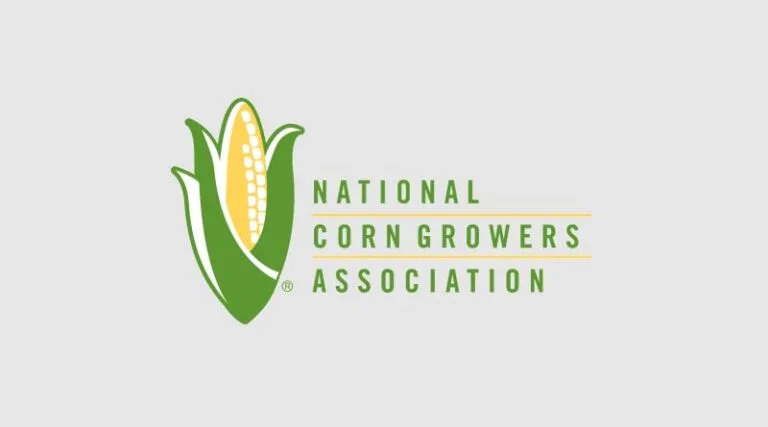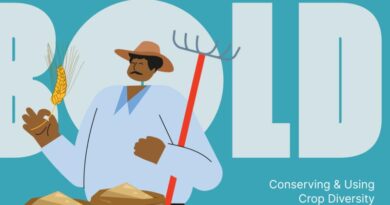
New Species Maps Aim to Reduce Unnecessary Pesticide Limits
23 September 2025, USA: Corn growers will soon benefit from more accurate species data that helps guide EPA’s new pesticide strategies. The National Corn Growers Association (NCGA) is working with experts to submit new “core maps” to the EPA that show where endangered species are actually found today, not everywhere they’ve ever been seen.
Why Maps Matter?
Under EPA’s Endangered Species framework, Pesticide Use Limitation Areas (PULAs) will identify areas where mitigations will apply for herbicide, insecticide and eventually fungicide applications. These mitigations are intended to protect populations of listed species and their designated critical habitat. Existing species range maps are often expansive and may contain areas where species are now absent due to migration or other population shifts. That meant large portions of land, including farmland, could face needless restrictions. By providing updated core maps, those limitations are narrowed to where species are truly present. That way farmers can balance farm productivity with environmental stewardship.
NCGA’s First Map: American Chaffseed
The American Chaffseed is the first of two species maps NCGA is helping refine. Based on species availability determined by EPA, it was chosen because of how many states and corn acres are affected, making it a priority for national-level work. Using updated data from GIS and other experts, the new map greatly reduces the acres tied up in restrictions compared to EPA’s outdated maps.
According to the EPA’s website, across the first 68 species mapped from other organizations, restricted areas have shrunk by nearly 90%. For example, the Poweshiek Skipperling, a small butterfly native to the North Central U.S., was once mapped across 268,000 acres. Updated data revealed its actual range is just 770 acres, dramatically reducing the land under restriction. This gives farmers clearer, science-based guidance for crop protection decisions.
Role for State Associations
While NCGA is focusing nationally on species with broad impacts like the American Chaffseed, there are other endangered species that only affect individual states. Those are best suited for state corn associations to tackle. NCGA encourages affiliates to reach out for guidance and support in working with local agencies on state-specific mapping opportunities.
The Bottom line
Whether it’s on the national or the state level, having updated core maps where endangered species are truly located means fewer blanket restrictions, clearer rules and confidence that pesticide limits are grounded in today’s science, not outdated maps.
NCGA will release additional information and guidance as core maps are completed and publicly released. In the meantime, state affiliates can reach out to Becky Langer-Curry for a list of endangered species in their area and for additional guidance on current EPA restrictions and core map development.
Also Read: Two Rows of Grapes, Two Different Futures: How Biostimulants Are Reshaping Farming
📢 If You’re in Agriculture, Make Sure the Right People Hear Your Story.
From product launches to strategic announcements, Global Agriculture offers unmatched visibility across international agri-business markets. Connect with us at pr@global-agriculture.com to explore editorial and advertising opportunities that reach the right audience, worldwide.






